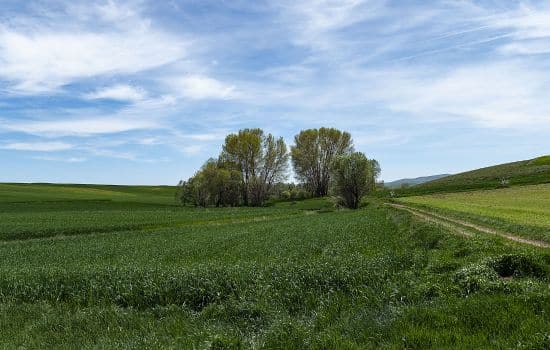Advertisements
Temperate climates provide a perfect balance between seasons, with warm summers and cool winters creating an ideal environment for a variety of outdoor activities and rich biodiversity.
From deciduous forests to rolling grasslands, temperate climates encompass a wide range of landscapes and climate experiences.
Advertisements
In this article, we will explore the different types of temperate climates and discover the wonderful diversity and beauty they offer.
What are Temperate Climates?
Temperate climates are found in the mid latitudes of the Earth, between the tropics and the poles.
Advertisements
They are characterized by having distinct seasons, with warm summers and cooler winters.
See also
Temperate climates are divided into two main subtypes: temperate continental climates and temperate maritime climates.
Temperate Continental Climate: Distinct Seasons and Temperature Changes
The temperate continental climate is characterized by warm summers and cold winters, with well-defined seasons and sudden changes in temperature.
It is found in areas far from maritime influence, such as the interior of the continents.
This climate is commonly found in regions such as Central Europe, the region of the Great Plains of North America and Northeast Asia.
Related Posts:
Exploring Inland Landscapes: A Diversity of Terrestrial Ecosystems
Regions with a temperate continental climate offer a wide variety of inland landscapes, from deciduous forests to grasslands and steppes.
These areas are home to a diversity of wildlife, including deer, bears, wolves, and a variety of migratory birds.
Temperate Maritime Climate: Oceanic Influence and Moderate Seasons
The temperate maritime climate is characterized by mild summers and mild winters, with a significant influence from the ocean.
It is found in coastal regions and is influenced by ocean currents, which help moderate temperatures.
This climate is commonly found in regions such as the west coast of the United States, western Europe, and southern Australia.
Discovering the Charms of the Coast: A Harmony between Sea and Land
The temperate maritime climate regions offer a charming mix of coastal landscapes, with picturesque beaches, rugged cliffs and lush forests.
These areas are home to a wide variety of flora and fauna, including whales, dolphins, sea lions and a variety of seabirds.
Importance of Temperate Climates in Ecosystems
Temperate climates play a crucial role in the Earth's biodiversity and ecological balance.
They provide vital habitats for a variety of plant and animal species adapted to changing climatic conditions.
In addition, temperate climates are important for agriculture, forestry and tourism in many regions of the world.
Conservation of Temperate Climates: Protecting Natural Treasures
The conservation of temperate climates is essential to protect the biodiversity and natural resources of these regions.
This includes the preservation of natural habitats, the sustainable management of natural resources and the promotion of responsible agricultural practices.
It is also important to address threats such as urbanization, pollution and climate change.

Conclusion
Temperate climates offer us a unique experience of the seasons, with a rich diversity of landscapes and wildlife.
From lush forests to rugged coastlines, these climates remind us of the incredible variety and beauty of our planet.
By understanding and appreciating this climate, we can work together to conserve and protect these valuable ecosystems for future generations.




